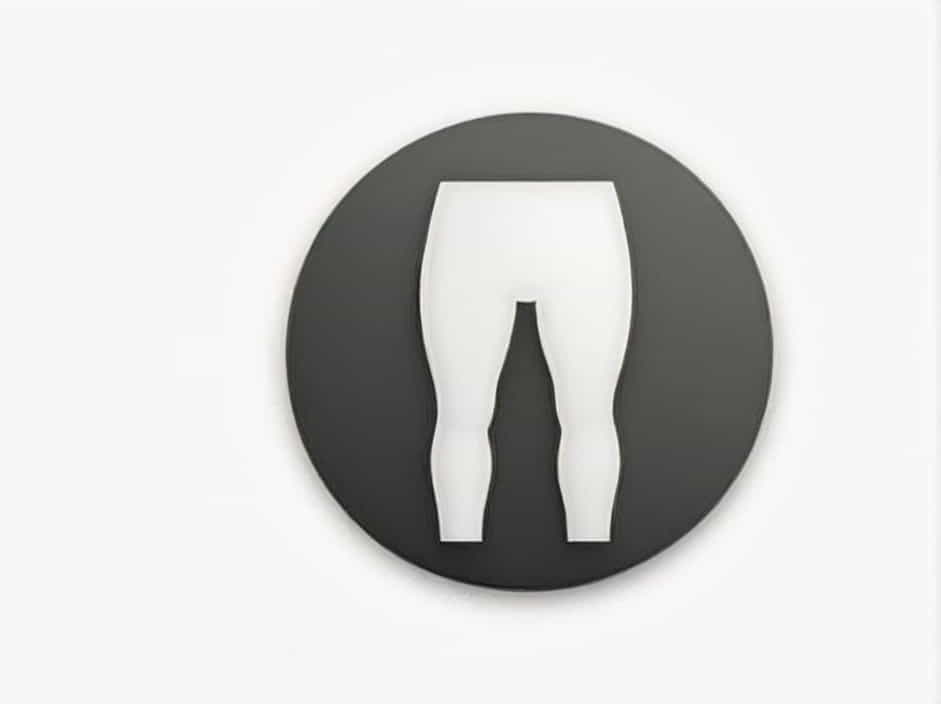The pelvis in men is a vital bony structure located at the lower part of the torso, connecting the spine to the lower limbs. It plays an essential role in supporting body weight, protecting internal organs, and facilitating movement.
Although the pelvis exists in both men and women, there are distinct anatomical differences between them. This topic provides a clear and detailed look at the male pelvis, its bones, functions, differences from the female pelvis, and its importance to overall health and mobility.
What Is the Pelvis?
The pelvis is a ring-like structure made up of several bones. In men, the pelvis tends to be narrower, taller, and more robust compared to the female pelvis. This difference reflects the biological and functional demands placed on the male body, including greater muscle mass and higher physical load capacity.
Bones That Form the Male Pelvis
The male pelvis consists of four primary bones:
- Two hip bones (also called coxal bones).
- Sacrum (a triangular bone at the base of the spine).
- Coccyx (commonly known as the tailbone).
Each hip bone is made up of three parts:
- Ilium: The large, upper portion.
- Ischium: The lower, posterior part that you sit on.
- Pubis: The front part, forming the pubic symphysis where the two sides meet.
Functions of the Pelvis in Men
1. Supports Body Weight
The pelvis acts as a foundation for the spine, supporting the weight of the upper body and distributing it evenly to the lower limbs.
2. Connects the Spine to the Legs
The pelvis forms a strong connection between the vertebral column and the femurs (thigh bones). This allows for efficient movement, whether standing, walking, or running.
3. Protects Internal Organs
The pelvic cavity in men houses and protects important structures, including:
- Bladder
- Prostate gland
- Part of the intestines
4. Provides Muscle Attachment
Several powerful muscles attach to the pelvis, including:
- Hip flexors
- Gluteal muscles
- Pelvic floor muscles
These muscles contribute to core stability, leg movement, and postural support.
Male Pelvis vs. Female Pelvis
1. Shape and Size
| Feature | Male Pelvis | Female Pelvis |
|---|---|---|
| Width | Narrower | Wider |
| Height | Taller | Shorter |
| Bone Thickness | Thicker and heavier | Thinner and lighter |
| Pelvic Inlet | Heart-shaped | Oval and larger |
| Pubic Arch | Narrow (less than 90°) | Wider (more than 90°) |
2. Functional Differences
- The male pelvis is designed for strength and stability, adapting to higher muscle mass and greater body weight.
- The female pelvis is shaped to accommodate childbirth, requiring a wider and more flexible structure.
The Pelvic Cavity in Men
The pelvic cavity refers to the space enclosed by the pelvic bones. In men, this cavity is smaller and more compact than in women. It contains:
- Bladder
- Prostate gland
- Seminal vesicles
- Portions of the ureters and rectum
Importance of a Healthy Pelvis
1. Posture and Mobility
A strong, stable pelvis helps maintain good posture and supports efficient walking, running, and lifting. When the pelvis is misaligned, it can cause:
- Lower back pain
- Hip pain
- Poor balance
2. Core Strength
The pelvis works closely with the core muscles, including the abdominals, obliques, and lower back muscles. A stable pelvis enhances overall core strength, which is essential for sports performance and injury prevention.
3. Sexual and Urinary Function
Because the prostate gland sits within the male pelvis, pelvic health directly affects urinary control and sexual function. Conditions like prostatitis or pelvic floor dysfunction can cause issues such as:
- Painful urination
- Erectile dysfunction
- Chronic pelvic pain
Common Problems Related to the Male Pelvis
1. Pelvic Fractures
Fractures can occur from trauma, such as falls, car accidents, or sports injuries. These fractures often require surgical repair and extensive rehabilitation.
2. Pelvic Floor Dysfunction
Although often discussed in relation to women, pelvic floor issues can also affect men. Weak or tight pelvic floor muscles can lead to:
- Urinary incontinence
- Pelvic pain
- Sexual dysfunction
3. Prostate Issues
Because the prostate gland lies within the pelvis, conditions like enlarged prostate or prostate cancer directly involve the pelvic anatomy.
Exercises to Strengthen the Pelvis
1. Hip Bridges
This exercise activates the glutes and core muscles, promoting pelvic stability.
2. Pelvic Tilts
Helps improve lumbar-pelvic alignment and strengthens deep core muscles.
3. Squats
Works the hips, thighs, and glutes, all of which attach to the pelvis.
4. Kegel Exercises for Men
Strengthens the pelvic floor muscles, improving bladder control and sexual function.
Why Understanding the Pelvis Matters
Whether you are an athlete, a healthcare professional, or simply someone interested in anatomy, understanding the male pelvis helps in:
- Improving physical performance.
- Preventing injuries.
- Understanding lower back or hip pain.
- Recognizing signs of prostate or urinary issues.
Evolutionary Perspective
The shape and strength of the male pelvis evolved to support upright walking and running—key traits that enabled early humans to hunt and survive. This evolutionary design prioritizes strength and stability over flexibility.
Final Thoughts
The male pelvis is much more than just a bony ring at the base of the spine. It serves as a support structure, a muscle anchor, a protector of internal organs, and a facilitator of movement.
Understanding the male pelvis helps in maintaining health, improving physical performance, and preventing injuries. Whether you are working on posture, core strength, or addressing pelvic pain, taking care of this essential structure benefits your overall well-being for life.
